What is onychomycosis ? Behind this complicated name hides a relatively common infection that you probably know better by another name: nail fungus! In the case of nail fungus, fungi colonize the nail bed, and sometimes the area between the toes, making the nail thick, deformed, with a characteristic yellow or white color Are you wondering where onychomycosis comes from, how to learn to recognize it an,d, above all, what treatment to adopt to get rid of it? In this article, we tell you everything about the causes, symptoms, nd treatments of nail fungus!
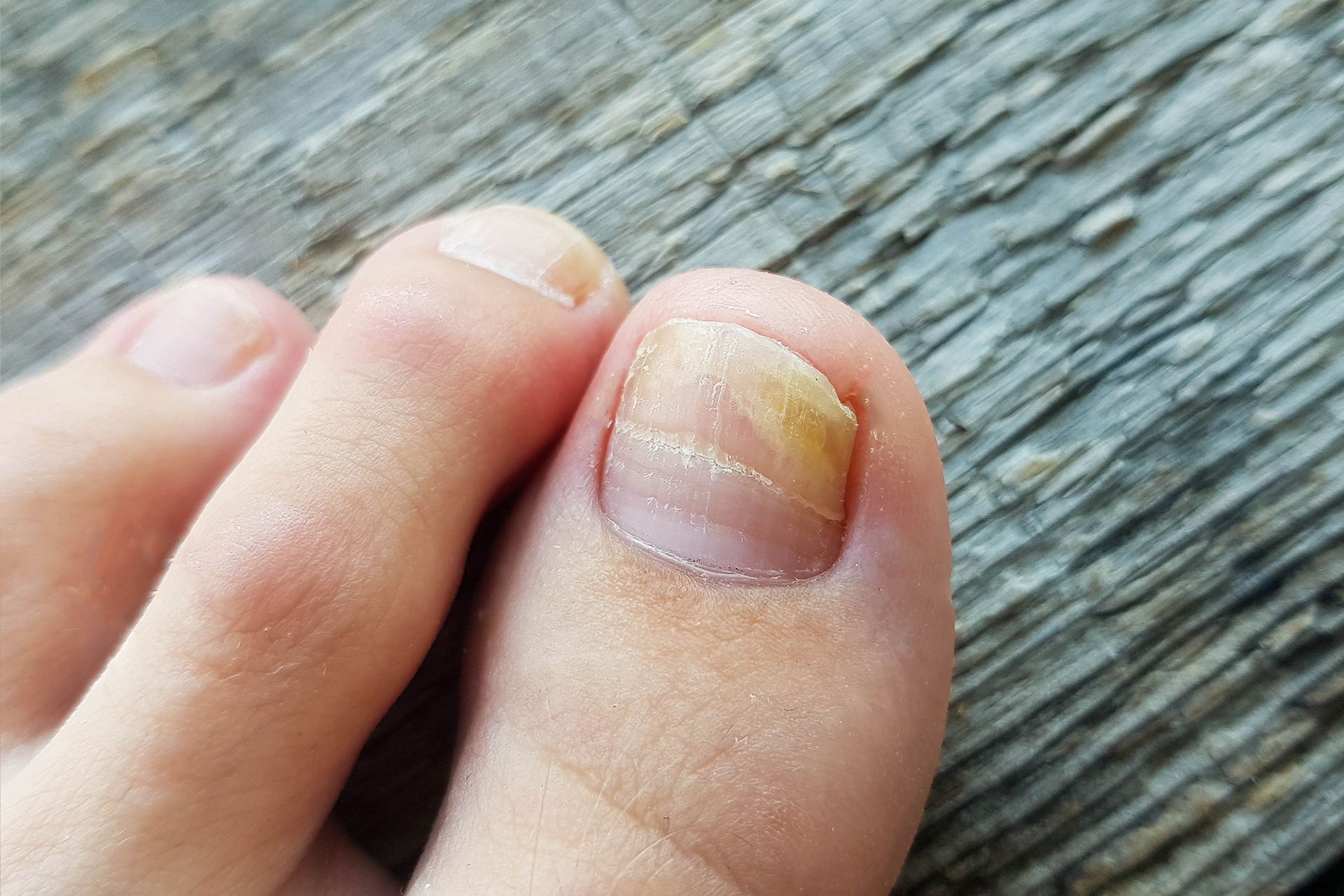
Onychomycosis. What are the causes and contributing factors?
Onychomycosis, also called onychomycosis, refers to a fungal infection of the nail. It most often appears on the toenails (the big toes being the most frequently affected), sometimes on the fingernails, and different causes can explain its occurrence. Most of the time, onychomycosis is due to fungi and dermatophytes, which infiltrate under the nail, at the level of the nail plate. Nail fungus often comes from an untreated foot fungus (the famous athlete’s foot ), which has caused the infection to spread from the skin to the nails. These fungi do not exist on the skin in their natural state, their presence therefore comes from external contamination. Dermatophytes are frequently transmitted in public places, especially when you are in contact with a damp floor. Swimming pools, saunas, gyms, or even hotel showers are places where onychomycosis is easily transmitted.
Nail fungus is not always caused by dermatophyte fungi; it can also be triggered by the presence of yeast, mainly on the hands. Yeast is naturally present on the skin, but can cause skin fungus or nail fungus at the slightest change or imbalance. Yeast infections are common in people who often have their hands in water. Finally, nail fungus can be caused by mold found in contaminated soil. Ail fungus mainly affects adults and is more common in the elderly. Certain factors can contribute to its development, such as diabetes or certain skin diseases (psoriasis in particular), taking certain medications (immunosuppressive treatments, chemotherapy, etc.), poor foot hygiene, or even unsuitable shoes. Remember to always wear shoes that fit you, are wide enough not to compress the toes, and are breathable to limit perspiration and humidity, which are particularly conducive to the development of fungi. To limit the risk of nail fungus and keep your feet healthy, always wear sandals in public places and avoid lending shoes, socks, towels, nail clippers, or nail files to anyone else.
What are the symptoms of nail fungus?
The first symptoms of onychomycosis are not always easy to spot, especially since the infection is painless in its early stages. You may notice that your nail changes color ( the nail becomes yellow or white). This discoloration is often accompanied by a change in texture: the nail becomes thicker and difficult to cut. Without treatment, the nail can eventually become brittle and peel off, which is painful and makes wearing shoes and walking difficult. Diagnosis is not always easy, as onychomycosis can easily be confused with other nail diseases, such as psoriasis. Your doctor will examine the appearance of the nail, and if there is any doubt, take a sample. This will be analyzed in a laboratory to confirm the diagnosis and determine which fungi are causing the infection – this will allow your doctor to recommend the most appropriate antifungal treatment.
What treatments are available for onychomycosis?
Bad news: onychomycosis never heals spontaneously. If it doesn’t bother you particularly, perhaps you’ve decided to ignore it: know that the fungus will continue to evolve and spread until it reaches other nails, or the surrounding skin, which will give rise to a skin fungus. Without antifungal treatment, you also run the risk of contaminating other members of the family. Do you want to treat onychomycosis naturally, at home, to regain healthy nails? We have the solution with our Black Propolis Nail Purifying Treatment. Propolis is one of these active ingredients, full of antioxidants. 5 times more effective than vitamin E, it will act against the oxidation of the nail, which is the source of all its degradation. Alongside it, Concentrated Terpineol: this is the active molecule in Tea Tree essential oil, which is twenty times more effective than the oil itself. With its antimicrobial and antifungal properties, it is a perfect ingredient to fight against nail infections. Finally, Plant Polyglycerides complete the formula: they fill the porosities of the damaged nail, helping you regain strong and healthy nails. The Sanitizing Care comes in a tube with a brush tip: applying precisely the right amount is very easy, whether you are treating toenails or fingernails. Its oil-in-gel texture, innovative for this type of nail car, is quickly absorbed without massaging, without leaving a greasy effect. You can put on socks and shoes without delay! This product, with its 99% natural ingredients, is so gentle that it can be applied to all nails, even those weakened by a disease like diabetes or psoriasis. Healing onychomycosis is often a long-term process, regardless of the care, products, or medications used. We recommend applying your treatment every day for at least three months to enjoy better nail quality. And why not give your nails a little boost with the Strong and Healthy Nails Food Supplement, which will help you from the inside out to regain strong and better quality nails. If the onychomycosis is old, tends to spread, and causes pain, it is advisable to consult a doctor. The latter may request a sample to determine which fungus or yeast is the cause and thus prescribe the right treatment for toenail fungus. This antifungal treatment most often takes the form of a cream or varnish based on amorolfine or ciclopirox, to be applied over several months to overcome the onychomycosis. Creams and nail varnishes can be combined with oral medications based on terbinafine. In the event of recurrence or mixed results, other treatments against onychomycosis may be offered, such as a laser session, which will destroy the fungus by thermal effect. One to two laser sessions are necessary to treat the nail and the nail plate .The treatment targets the affected nail, but also the adjacent nails to avoid any risk of contamination. In the most serious cases (very extensive mycosis, failure to heal despite the proposed antifungal treatments ), surgery will be suggested. Removing the nail will then finally eliminate this fungal or mold mycosis, allowing you to regain healthy nails in the long term.
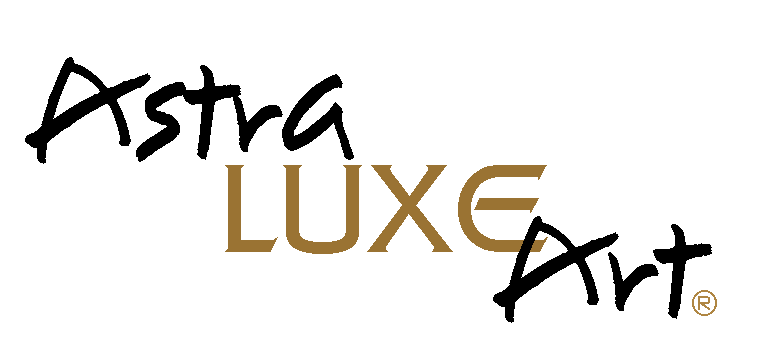
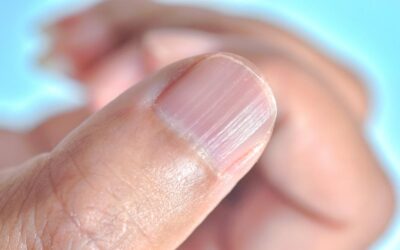
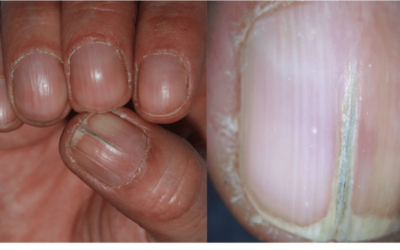
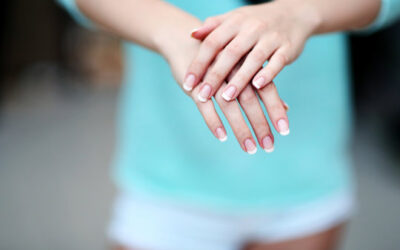
0 Comments